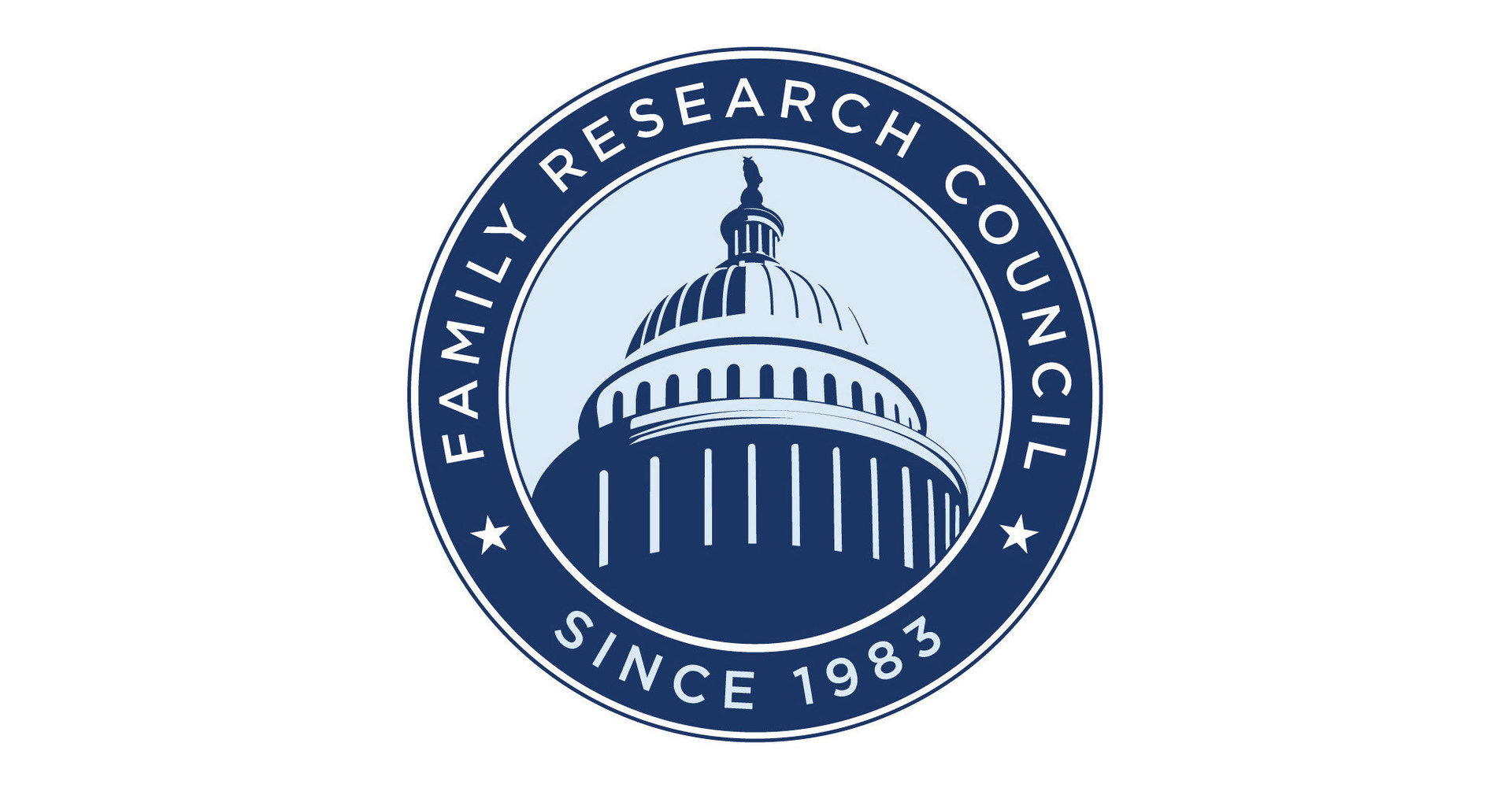A recent report indicates that tumors associated with common STDs are increasing across America. While the rates of major cancers, such as lung, breast, and kidney cancer, have stabilised recently, certain cancers linked to human papillomavirus (HPV) are on the rise.
Cervical cancer between people of the age group 30-34 increased 17.5% from 2012-2019, according to research by American Association for Cancer Research
Further, it revealed that the mouth and throat cancers caused by HPV have been increasing in all ages.
HPV and its cancer risks
Human papillomavirus (HPV) is a highly infectious sexually transmitted virus affecting over 42 million Americans. It contributes to about 1.2% of cancers in men and 2.5% in women annually in the US. HPV is linked to several cancers, including cervical, head, neck, throat, and anal cancers. The virus spreads primarily through sexual contact with an infected person’s blood, bodily fluids, or skin.
HPV comprises 200 types, with 12 associated with cancer. It contributes to cancer by weakening the immune system, causing chronic inflammation, and altering cell behaviour. Nearly 99.7 percent of cervical cancers, 90 percent of anal cancers, 70 percent of mouth and throat cancers, and many penile and vulvar cancers are attributed to HPV.
Various pathogens, including HPV and hepatitis (viruses) and H pylori (bacteria), are linked to cancer. The types of cancers they cause can vary globally, influenced by factors such as sanitation and healthcare practices.
A vaccination against HPV was approved by the FDA in 2006 and is available for both boys and girls starting at age 11. The vaccine is believed to prevent nearly 90 percent of HPV-related cancers, according to a 2020 study from Sweden.
A 2024 study in Scotland found that early vaccination programmes have led to zero new cases of cervical cancer this year.
‘Despite clear evidence demonstrating that the vaccine reduces cervical cancer incidence, vaccine uptake in the US has been poor,’ according to the report.
The report estimates that in 2024, about 2 million cancers will be diagnosed in the US. Of these, the American Cancer Society says HPV-related cancers—of the mouth, head, throat, cervix, and genitals—make up 1.2 percent of all cancers in men and 2.5 percent in women. This includes about 11,500 new cases of cervical cancer and about 4,000 deaths from the disease.







